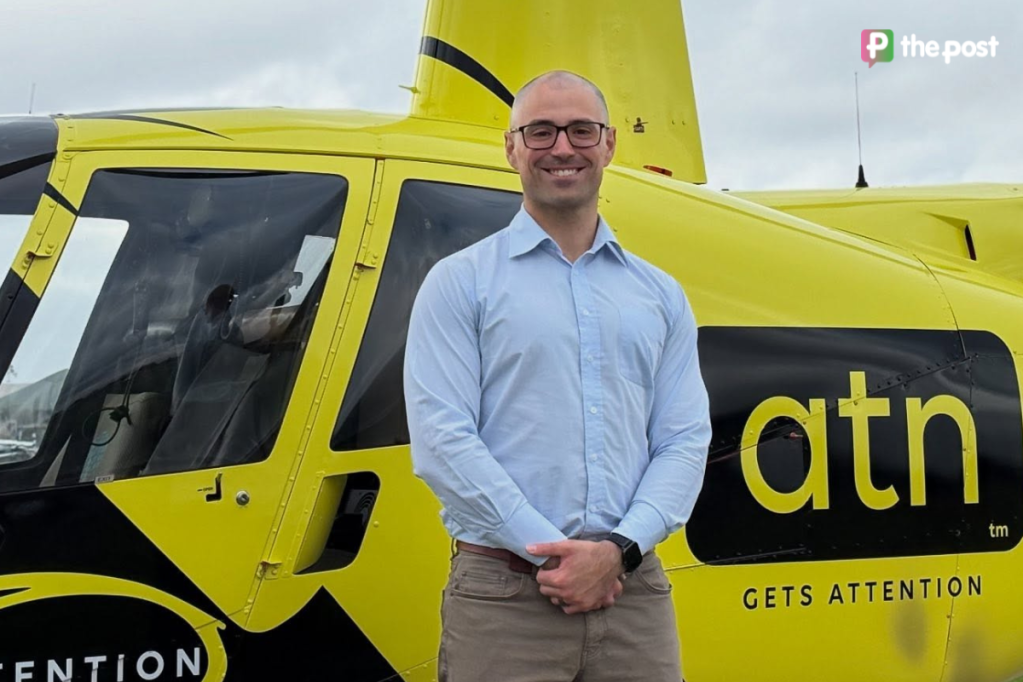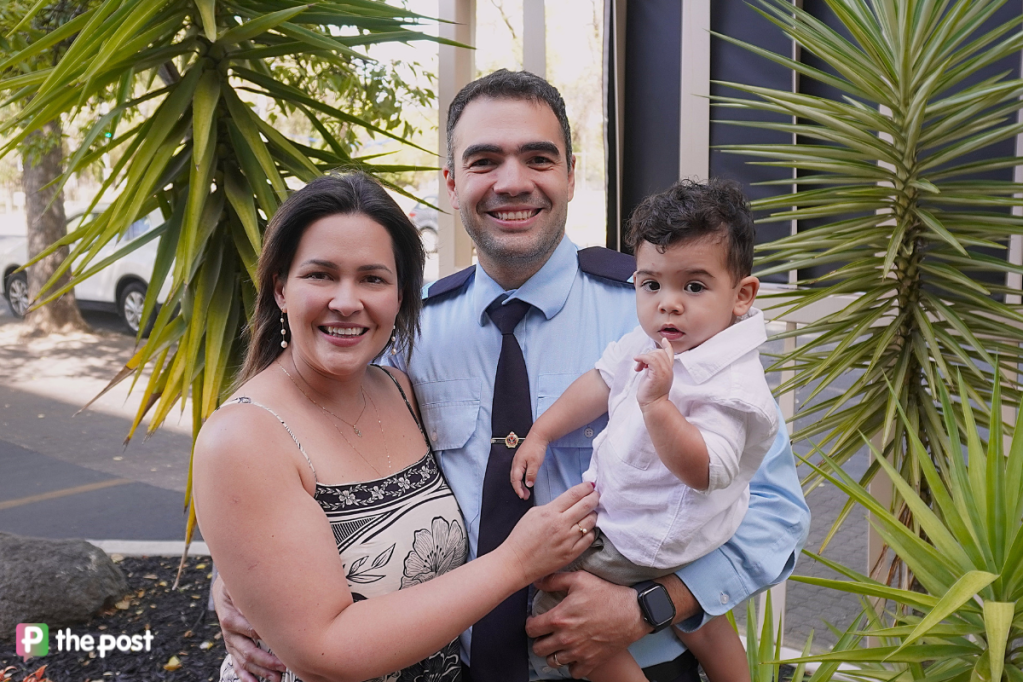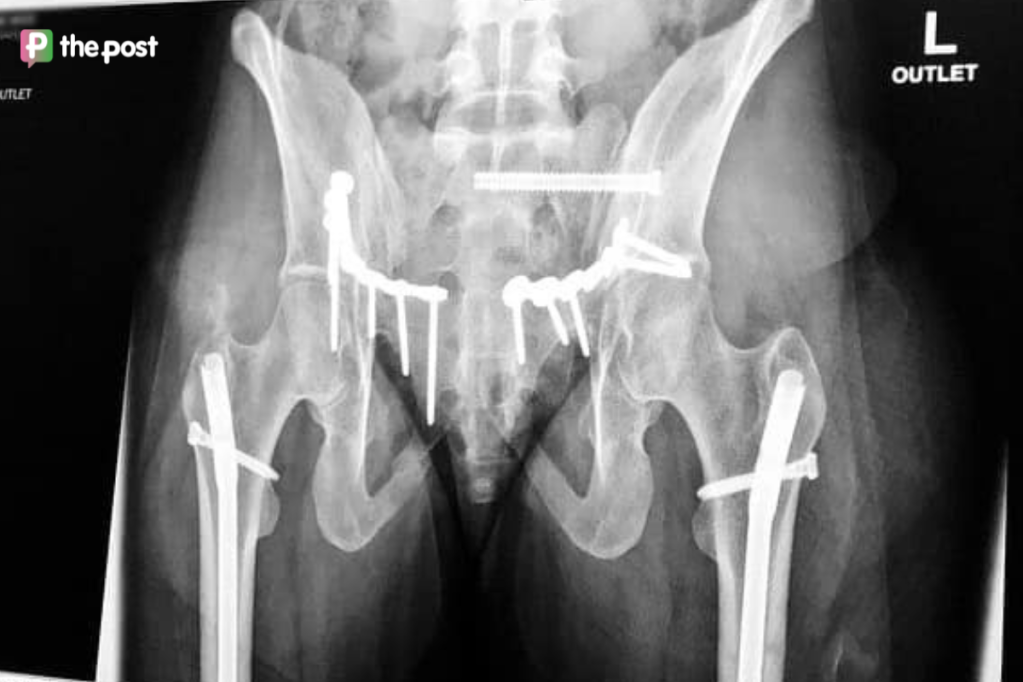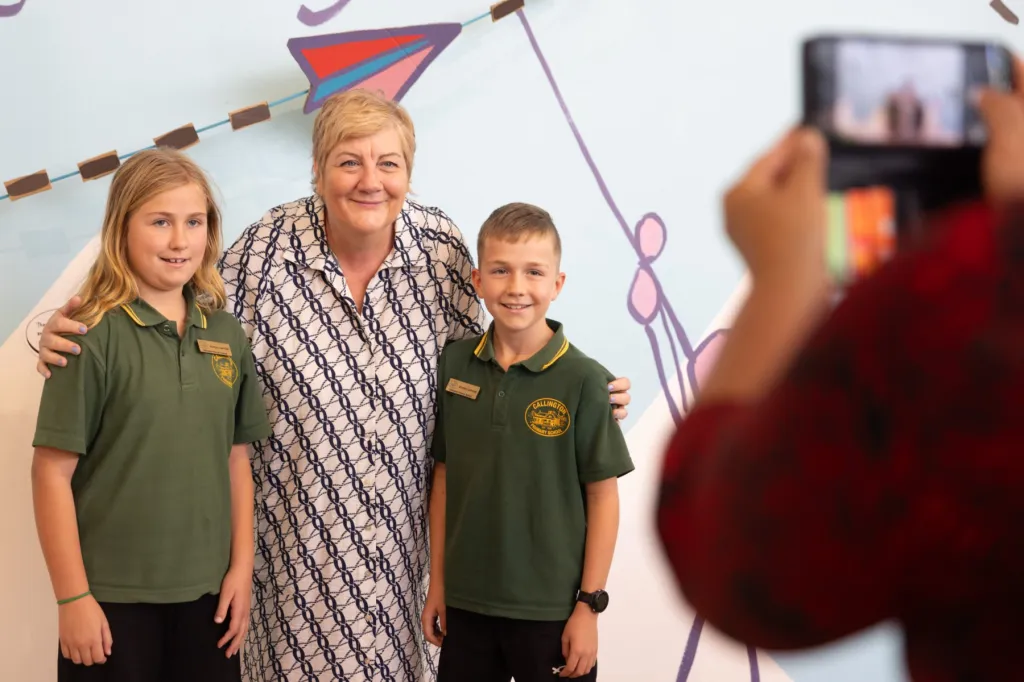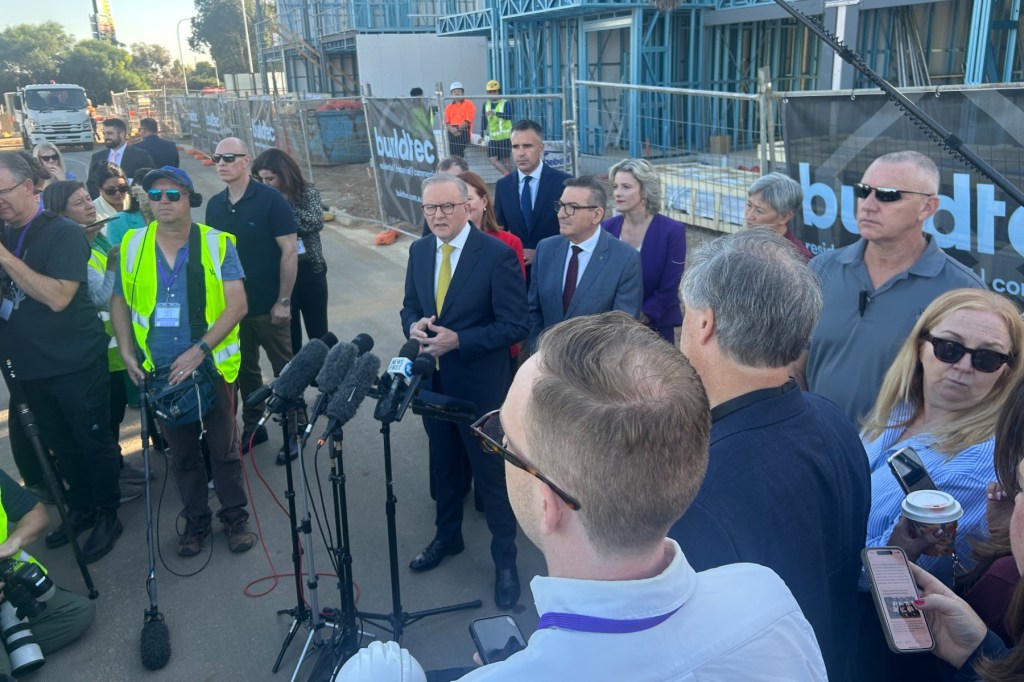Protecting children in South Australia is at a pivot point
Now is the time to invest in crucial amendments that can start to shift our child protection system, writes Simon Schrapel.

In politics, there are rare times when the stars align and opportunities unfold to do something very significant in our public policy landscape.
It is even rarer to have a range of key leaders from across a sector united in their calls and support for significant change.
Today, in our State Parliament, such an opportunity exists.
For the first time in eight years, our politicians are considering a key piece of legislation that underpins our state’s child protection system.
Generally speaking, South Australia’s child protection system is often seen as a wicked and, ultimately, unsolvable problem.
It’s not.
Many of us also believe that it’s something that affects someone else – other people’s children, other parents and other families.
Wrong again.
One in three South Australian children will have some interaction, sometimes unknown to them or their families, with our child protection department during their childhood.
Of course, not all these reports will result in the removal of a child. Some reports won’t even require further action.
However, South Australian children and young people continue to encounter our child protection system and, for many, enter our care system at much higher rates than the rest of the nation.
You might like
Since this key child protection legislation was last reviewed, the number of South Australian children in care has risen by over 1000.
Today we have 4528 children and young people in care.
This translates to a rate of 12 children per 1000 in our population currently in care, having risen from 9.5 per 1000 eight years ago.
At the same time, the national average has reduced from 8.7 children to 7.7 per 1000 children.
The difference between our state’s performance and the national average means there are potentially more than 1600 children and young people in our care system who shouldn’t be there. That’s nearly a sold-out Festival Centre of children and young people who could – and should – be supported to live safely with their families, connected to their community and culture.
Disappointingly, despite these figures, the legislation, as it is presented in the Parliament today, does not go far enough to address these issues or assist our struggling system.
Over 12 months ago, seven of South Australia’s leading child and family service agencies, who deliver much of our state’s family support, reunification, foster care and residential care services, formed the Leadership Coalition for Child Protection Reform.
As the Parliament has considered this legislation, our coalition has been clear and united – alongside many others across our sector – on the key changes required to turn things around.
We have presented practical, evidence-based proposed reforms in consultation for the draft Bill and then in our submission to a resultant Select Committee and again with elected members last week.
In large part, these reforms are taken from legislation across other jurisdictions in Australia, where they have been proven to make a real difference in keeping children living safely with their families and reducing the burden on care systems.
These reforms traverse four key areas that can be game-changers for our system.
To rewind to 2017, after much debate and negotiations in the Legislative Council, the South Australian Parliament passed the Children and Young People (Safety) Act.
It was no accident that the word safety featured in the title of the current Act.
At the time, public discourse was dominated by the aftermath of both a Royal Commission into our child protection system and a very high-profile Coronial Inquest into the tragic death of Chloe Valentine.
In the wake of these events and the subsequent investigations, there was an understandable focus on enabling our child protection authorities to act and keep children safe from harm and, in the most extreme of situations, from being killed.
Given these elements, it was determined that safety would become the paramount consideration for enforcement of the Act, rather than the best interests of a child or young person – a more holistic principle that also includes safety.
Stay informed, daily
However, in the years since, there is no evidence to suggest that this shift to safety has served to ensure South Australian children are any safer, or less at risk of harm than other children and young people across Australia. But given the application of this principle, we now have far more children in care.
We have also advocated for a consistently applied higher harm threshold, ensuring our system can respond quickly and decisively to those at greatest risk.
Our proposed reforms also seek to ensure that active efforts are undertaken to keep families together before children are removed and support reunification where possible, once a child or young person has been removed.
Today marks a crucial opportunity for reset and reform. South Australian children and young people are no different to those in other states. Their parents are no better or worse than those across the country.
But our system is different – and it’s not working.
Now is the time to invest in crucial amendments that can start to shift our system. We can create a system that supports families long before they reach crisis. A system that keeps families safely together where possible. And a system that can play its part economically and pull its weight in reducing the budget bottom line.
It’s possible – and we can start today.
Because, whether it’s those running essential services, like our Coalition or the State Parliament, taxpayers, families, children and young people, it’s clear that embracing this significant opportunity today is in everyone’s best interests.
Simon Schrapel AM is the Chief Executive of Uniting Communities and spokesperson for the Leadership Coalition for Child Protection Reform. The Coalition is a group of key leaders in the family support and child protection space advocating for change. Its members include:
Harry Randhawa, Chief Executive, Uniting Country SA
Sue Raw, Chief Executive Officer, Baptist Care SA
Rohan Feegrade, Chief Executive Officer, Lutheran Care
Craig Ridney, KWY
Alisa Willis, Junction Australia
Shelley Wall, Chief Executive Officer, Infinity Community Solutions


